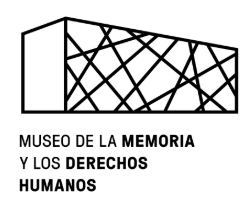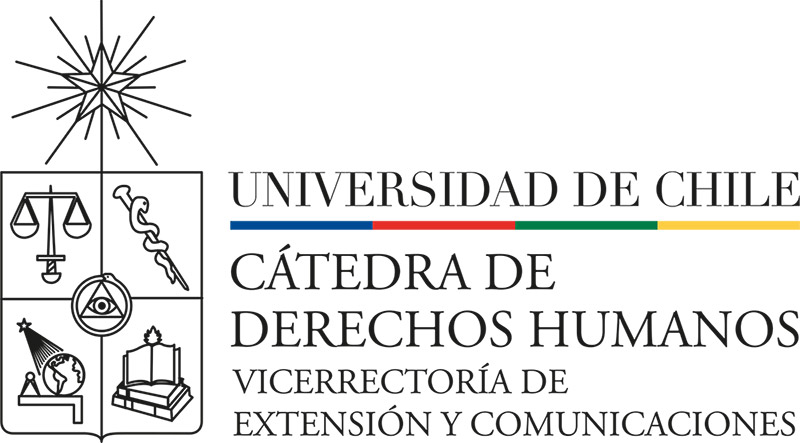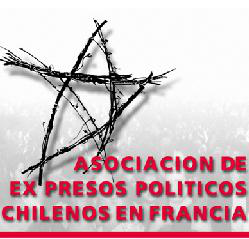 Cantos Cautivos
Cantos Cautivos
26 results where found for «José Selín Carrasco Vargas»
You Can Blame Me (Échame a mí la culpa)
Music piece by:
José Ángel Espinoza, aka Ferrusquillo
Testimony by:
Marcia Scantlebury
Experience in:
Campamento de Prisioneros Cuatro Álamos, June 1975
Tags:
Music piece by:
Manuel José Castilla (lyrics) and Gustavo Leguizamón (music). Popularised by Mercedes Sosa
Testimony by:
Eduardo Ojeda
Experience in:
Tags:
Candombe for José (Candombe para José)
Music piece by:
Roberto Ternán
Testimony by:
Sara De Witt
Experience in:
Campamento de Prisioneros, Tres Álamos, September 1976
Tags:
Candombe for José (Candombe para José)
Music piece by:
Roberto Ternán
Testimony by:
Alejandro Olate
Experience in:
Tags:
Candombe for José (Candombe para José)
Music piece by:
Roberto Ternán
Testimony by:
Amelia Negrón
Experience in:
Campamento de Prisioneros, Tres Álamos, June 1976
Tags:
Words for Julia (Palabras para Julia)
Music piece by:
José Agustín Goytisolo (lyrics) and Paco Ibáñez (music)
Testimony by:
Amelia Negrón
Experience in:
Campamento de Prisioneros, Tres Álamos, 1975 and 1976, until the closure of Tres Álamos
Tags:
Ode to Joy (Himno a la alegría)
Music piece by:
original by Friedrich von Schiller (lyrics) and Ludwig van Beethoven (music). Free version in Spanish by Amado Regueiro Rodríguez, aka Orbe (lyrics) y Waldo de los Ríos (music), popularised in Chile by Miguel Ríos.
Testimony by:
Amelia Negrón
Experience in:
Campamento de Prisioneros, Tres Álamos, 31 December 1975
Tags:
Music piece by:
Joan Manuel Serrat
Testimony by:
Beatriz Bataszew Contreras
Experience in:
Campamento de Prisioneros, Tres Álamos, December 1974 - May 1976
Tags:
Prayer So You Don't Forget Me (Oración para que no me olvides)
Music piece by:
Óscar Castro (words) and Ariel Arancibia González (music)
Testimony by:
Rosalía Martínez
Experience in:
Campamento de Prisioneros Cuatro Álamos, November - December 1974
Tags:
Recinto: Comisaría de Carabineros Nº 21, José María Caro (actual Comisaría de Carabineros Nº 11, José María Caro)
- There are no testimonies about this detention centre.
- If you had a musical experience about this detention centre, please share it here!








